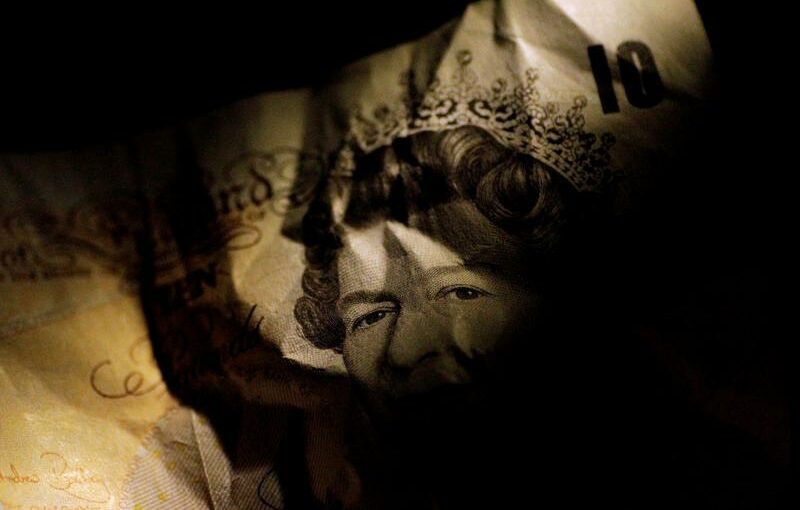LONDON (Reuters) – Currency markets are signalling a bumpy ride for the British pound as tighter lockdown measures are expected to offset Brexit deal optimism that propelled the currency above $1.37 on Monday.
The pound’s rally to May 2018 highs is widely attributed to traders unwinding their short-term hedges, selling their protection against a weakening currency, rather than betting on further gains after Britain stuck a last-minute trade deal with the European Union.
Measures of implied volatility fell from the nine-month highs reached in December after the deal was struck as markets heaved a sign of relief. But some participants remain cautious about the near-term outlook.
On Monday, Prime Minister Boris Johnson announced a new national lockdown to combat the COVID-19 pandemic..
“I am not convinced that there is much more upside yet,” said John Goldie, an FX dealer at Argentex. “At these levels, it may be difficult to continue to push higher with further escalations in the Covid numbers and the prospect of longer, more stringent lockdowns to come.”
Indeed, volatility gauges have started creeping up again after initially falling when the Brexit deal was struck on Dec. 24. One-month Sterling-dollar volatility is up to nearly 9% compared to 7% for a broader basket of currencies.
Meanwhile, CFTC figures — the closest proxy to real-time changes in investor positioning — indicate hedge funds turned net bullish on the pound in early December, but the size of the overall net long bets are far smaller than they were in 2018, when the pound traded at these levels.
Kaspar Hense, a fund manager at BlueBay Asset Management, which runs $60 billion in assets, said he is more bearish on the pound in the short term, expecting some friction between the European Union and the UK, notably in services.
“The relief of a Brexit deal that was apparent in the markets will fade quickly despite broad U.S. dollar weakness,” he said.
Still, the view on the currency is far from the bearishness seen during the rough phases of Brexit negotiations.
For instance, the ratio of puts (right to sell) over calls (right to buy) has lessened considerably. Sterling-dollar three-month risk reversals were around -0.9 on Tuesday, a fraction of their -4.5 in early December, signalling bearish bets have declined. Expectations of a weak dollar has also helped.
“If the dollar depreciation trend speeds up quite a bit over the next month or two, I could easily see there being some decent demand for topside cable, and that may just push the three-month risk reversal back up to positive territory again,” said Stephen Gallo, European head of FX strategy at BMO Capital Markets.
For a graphic on GBP volatility:
For a graphic on risk reversal:
For a graphic on CFTC:
Source: Read Full Article
